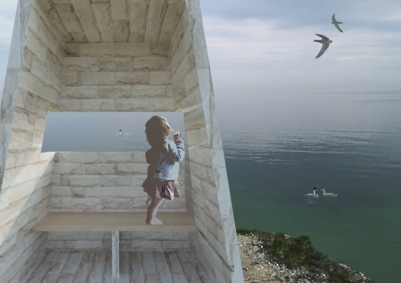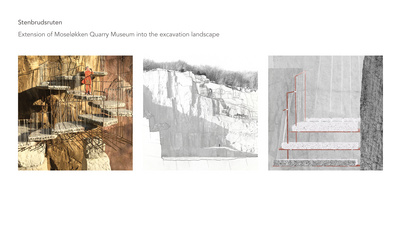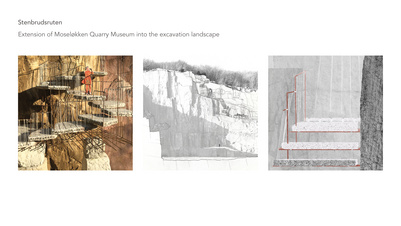(PLACE) MAKERS' HOME
Name
Erika Hattori
Education degree
Master
Study programme
Spatial Design - Architecture, Design and Interiors
Institute
Architecture and Design
Year
2021
The Goto islands, Japan, have seen a continuous decrease in population which has caused a disappearance of local tectonics and abandonment of homes. The “(PLACE) MAKERS’ HOME” is a living and work space for makers visiting from abroad. This project creates the preconditions for makers to develop and transform empty houses through the fusion of local and outside tectonics and production cultures.
The Royal Danish Academy supports the Sustainable Development Goals
Since 2017 the Royal Danish Academy has worked with the Sustainable Development Goals. This is reflected in our research, our teaching and in our students’ projects. This project relates to the following UN goal(-s):
Industry, innovation and infrastructure (9)
Sustainable cities and communities (11)
Responsible consumption and production (12)
CV
CV Title
Telefon
91717064
Education & Relevant Courses
2019
2021
Master of architect, The Royal Danish Academy, Spatial design
I’m studying people’s use of space and materiality. I explore the transformation of existing resources for new purposes. I investigate how to create a balance between structure, material and site conditions through detailed research.
2014
2018
Bachelor of architect, Yokohama National University, Japan
I learned how to frame projects based on detailed research on environments including their history, urban situations and people’s activities. I explored how to
present the potential of a site through design.




























